Renovations Revive Bukharian Synagogue
A series of walnut carvings have been installed inside Congregation Beth Itzhak.
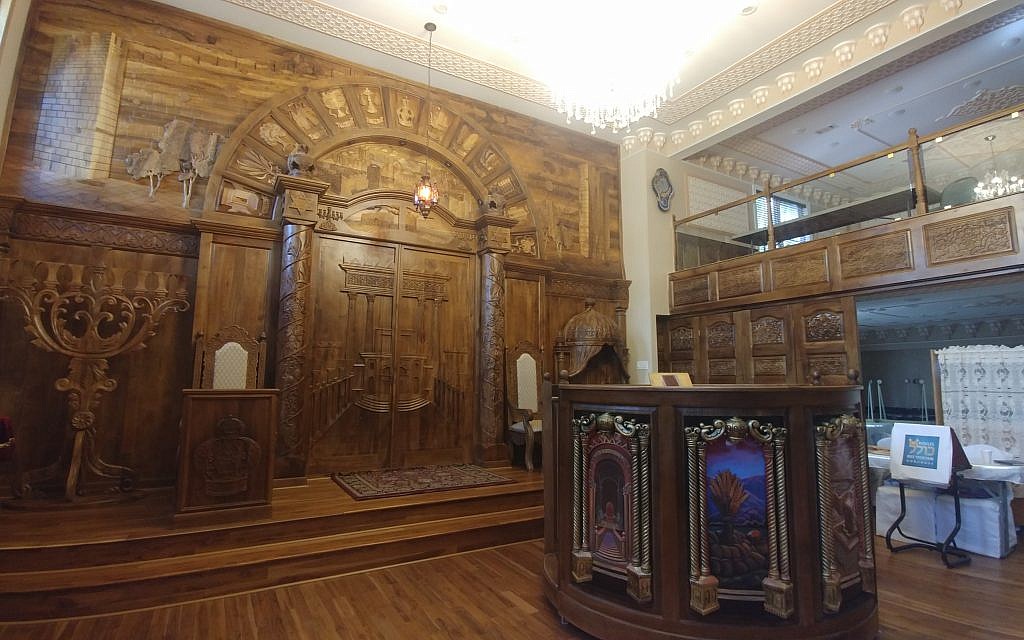
Bukharian traditions and customs have helped preserve Congregation Beth Itzhak. The synagogue’s rich history is embedded in its new wood carvings from Uzbekistan to be unveiled Sunday.
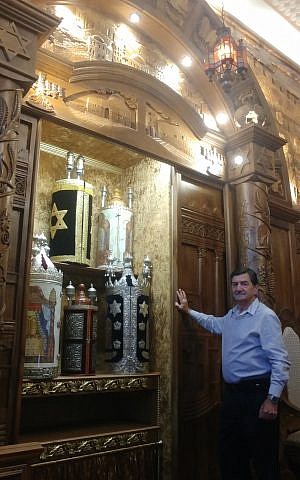
Almost a year in the making, a series of carvings produced from walnut trees have been installed inside the synagogue’s sanctuary. The pieces include an accordion wall that divides the sanctuary and library; a panel depicting Jerusalem, the Kotel, and the 12 tribes; a menorah; a throne for circumcisions; and an ark, which creates the illusion of walking through the old temple.
The carvings also include two columns that represent fruits symbolic of Rosh Hashanah as well as a bimah that reflects the seven founding fathers of Judaism. Once completed, each of the components were shipped to the synagogue in large containers.
Get The AJT Newsletter by email and never miss our top stories Free Sign Up
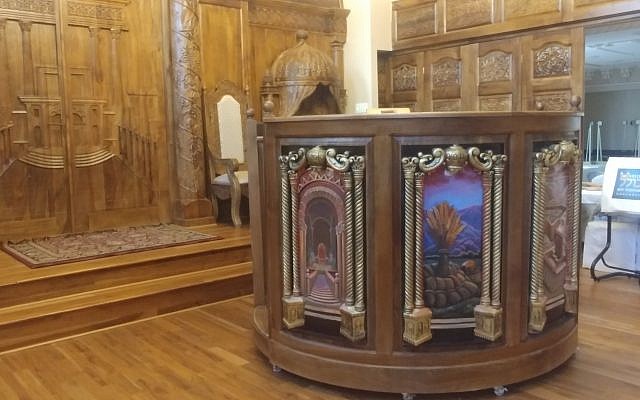
BI owner Anatoliy Iskhakov has worked extensively in the last few years to remodel the synagogue and create a unique place of worship by replicating authentic Bukharian designs throughout the sanctuary. To help his vision become a reality, Iskhakov reached out to the Hunarmand society, an entity that conserves Bukharian folk culture in Uzbekistan.
“The Bukharian Jewish community has been practicing their traditions for more than 2,000 years, and part of that tradition is their religion. For some cultures, their religion and culture are indistinguishable, but for the Bukharian Jewish community, those things are tied,” said Iskhakov, who drew inspiration from Sephardic and Bukharian designs to create the new look.
A total of 40 people worked on the project, including the ganch paintings throughout the synagogue, Iskhakov said. In addition to hand carving each piece, six of the artists also traveled to the United States to install the wooden structures.
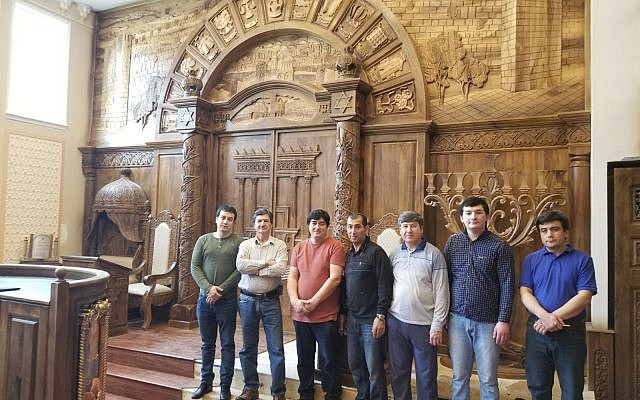
BI is a branch of the King David Community Center of Atlanta. The synagogue formed in 1998 but because of county regulations they were forced to shut down before they acquired a new property in 2003 in Norcross.
When the AJT last reported on BI, Iskhakov had signed a deal Feb. 9, 2002 for a house listed for $895,000, but after some haggling, Iskhakov reduced it to $700,000. Yet Iskhakov was still $150,000 short before he received $100,000 from the World Congress of Bukharian Jews and $50,000 from the Jewish Federation of Greater Atlanta endowment fund and then president Eliot Arnovitz.
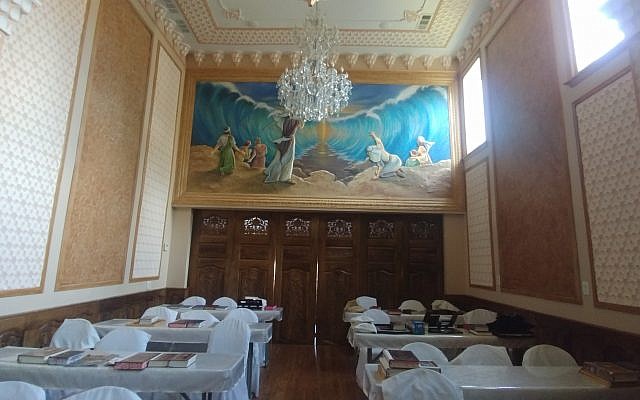
More than 200 people are expected to attend the grand opening, which will include Rabbi Shmuel Khoshkerman from Congregation Ner Hamizrach in Toco Hills. But Iskhakov believes the highlight of the event will be the revival of the Bukharian Jewish community’s spirituality, not just by ethnicity, but by faith. “If everything I have hoped for and dreamed of comes into fruition, then I will be very proud.”




comments